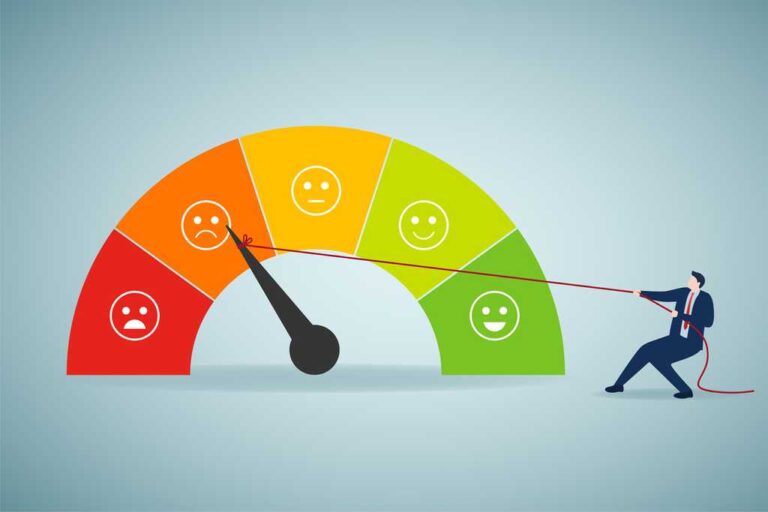
Improve Credit Score
A credit score is more than just a number—it’s a reflection of your financial health and can significantly impact your ability to secure loans, credit cards, and even rental agreements. If you’re starting with a credit score of 500 and aiming to reach 700, you’re setting a challenging but achievable goal. The timeline for reaching a 700 credit score can vary widely based on individual circumstances, but with a strategic approach, you can make substantial progress. Here’s a comprehensive guide on what to expect and how to improve your credit score to 700.
How To Improve Credit Score ?
Understanding the Credit Score Ranges
Credit scores typically range from 300 to 850, and different ranges indicate various levels of creditworthiness:
– 300 – 579: Poor
– 580 – 669: Fair
– 670 – 739: Good
– 740 – 799: Very Good
– 800 – 850: Excellent
A score of 500 falls into the “Poor” category, while a score of 700 is considered “Good.” Moving from a poor to a good credit score is a significant achievement and requires diligent effort and time.
Factors Influencing the Timeline
1. Current Credit Situation
- Credit History Length: The length of your credit history impacts how quickly you can rebuild your score. A shorter credit history may take longer to improve because there’s less data for creditors to evaluate.
- Existing Debt: High levels of debt, especially if it’s past due, will slow down your progress. Reducing existing debt is crucial for improving your score.
2. Credit Improvement Strategies
- Payment History: Timely payments on all accounts are essential. Payment history constitutes about 35% of your credit score.
- Credit Utilization: This ratio measures how much of your available credit you’re using. Aim to keep this below 30%.
- Credit Mix: Having a variety of credit accounts (e.g., revolving credit, instalment loans) can positively impact your score.
- New Credit Inquiries: Avoid excessive hard inquiries into your credit report, as they can negatively affect your score.
3. Frequency of Credit Updates
Credit scores are updated regularly, but the frequency can depend on how often creditors report to the credit bureaus. Your score may improve gradually as positive changes are reported and negative items are removed.
Estimated Timeline
While it’s challenging to provide a precise timeline due to the variability in individual financial situations, here’s a general idea based on different scenarios:
- Rapid Improvement: For those who have relatively good credit habits but have a low score due to a few negative marks (e.g., late payments or high credit utilization), you might see significant improvements in 6 to 12 months by addressing those specific issues.
- Moderate Improvement: For individuals with multiple issues like high debt levels, frequent late payments, or recent collections, reaching a 700 score may take 1 to 2 years of consistent, positive credit behaviour.
- Gradual Improvement: If your credit history is short or has numerous negative items, it could take 2 to 3 years or more to reach a 700 score. The key is to stay patient and persistent
Steps to Achieve a 700 Credit Score
1. Check Your Credit Reports
Obtain copies of your credit reports from major credit bureaus (CIBIL, Experian, Equifax) to identify any errors or areas for improvement. Dispute inaccuracies promptly.
- Create a Budget and Repayment Plan
Develop a budget to manage your finances effectively and prioritize paying down high-interest debt. Consider using the snowball or avalanche method to tackle debts.
- Make Timely Payments
Ensure all bills, including credit cards, loans, and utilities, are paid on time. Set up automatic payments or reminders to avoid late payments.
- Reduce Credit Utilization
Pay down credit card balances and keep them low relative to your credit limit. Aim for a credit utilization ratio of 30% or lower.
- Build a Positive Credit History
Open new credit accounts responsibly and maintain a mix of credit types. Avoid applying for too many new accounts at once, as this can negatively impact your score.
- Avoid New Hard Inquiries
Be cautious about applying for new credit cards or loans. Multiple hard inquiries can temporarily lower your score.
- Monitor Your Progress
Regularly check your credit reports and scores to track your progress. Use credit monitoring tools to stay informed about changes in your credit profile.
Conclusion
Achieving a 700 credit score from a starting point of 500 is a commendable goal and, while the timeline can vary based on your individual situation, it is entirely possible with dedication and strategic planning. By focusing on improving your payment history, reducing debt, managing credit utilization, and monitoring your credit report, you can steadily progress towards a higher credit score. Remember, building and maintaining a good credit score is a long-term commitment, but the financial benefits and opportunities that come with a higher score are well worth the effort
